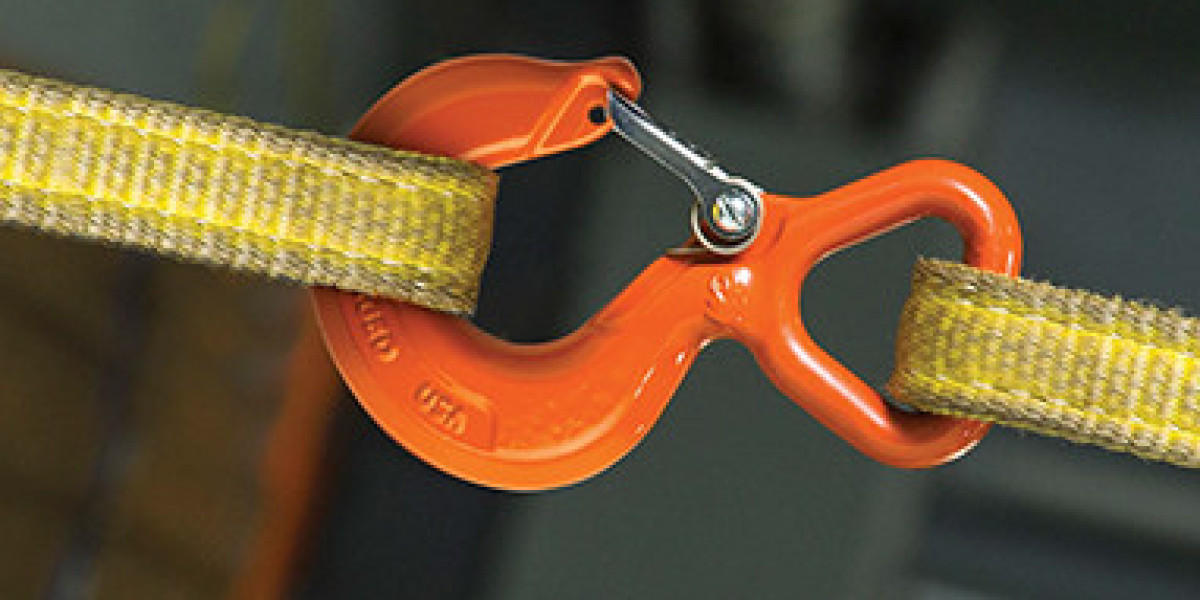Heavy duty lifting slings are essential tools in various industries, including construction, manufacturing, and transportation. They are designed to securely lift and move heavy loads, providing a safer and more efficient alternative to manual lifting or traditional methods. Heavy duty Lifting slings come in a variety of materials, configurations, and capacities to suit different applications and load requirements.
Types of Heavy-Duty Lifting Slings
There are several types of Heavy duty lifting slings commonly used in industrial settings:
Wire Rope Slings
Wire rope slings are made of steel wires twisted together to form a durable and flexible lifting solution. They are known for their strength, resistance to abrasion, and ability to handle high temperatures. Wire rope slings are suitable for lifting heavy and irregularly shaped loads, making them ideal for rugged environments such as construction sites and shipyards.
Chain Slings
Chain slings consist of metal chains with various configurations, including single, double, triple, and quadruple legs. They offer exceptional strength and durability, making them suitable for lifting extremely heavy loads. Chain slings are often used in applications where high temperatures, sharp edges, or abrasive materials are present.
Polyester Web Slings
Polyester web slings, also known as webbing slings, are made of synthetic fibers woven together to create a lightweight yet strong lifting solution. They are flexible, non-conductive, and resistant to moisture and chemicals. Polyester web slings are gentle on delicate surfaces, making them suitable for lifting loads that require extra care.
Round Slings
Round slings, also called endless slings, are made of a continuous loop of synthetic fibers encased in a protective jacket. They offer excellent flexibility and load distribution, reducing the risk of damage to both the sling and the load. Round slings are versatile and can be used in a wide range of lifting applications.
Choosing a Lifting Sling
When selecting a lifting sling for a particular application, several factors should be taken into account:
Load Weight and Shape
The weight and shape of the load will determine the type and capacity of the lifting sling required. It's essential to choose a sling that can safely support the load without exceeding its rated capacity.
Environmental Conditions
Consider the environmental factors present in the lifting area, such as temperature, moisture, and chemical exposure. Certain types of slings may be better suited to withstand harsh conditions than others.
Rigging Configuration
The rigging configuration refers to how the sling will be attached to the load and the lifting equipment. The sling must be properly rigged to ensure a secure and stable lift.
Safety Regulations
Adhere to relevant safety regulations and guidelines when selecting and using lifting slings. Regular inspection and maintenance are essential to ensure the integrity and reliability of the slings.
Conclusion
Heavy-duty lifting slings are indispensable tools for safely and efficiently moving heavy loads in various industrial settings. By understanding the different types of slings available, considering key factors when selecting a sling, and following best practices for sling usage, you can ensure a successful lifting operation while prioritizing safety and reliability.







